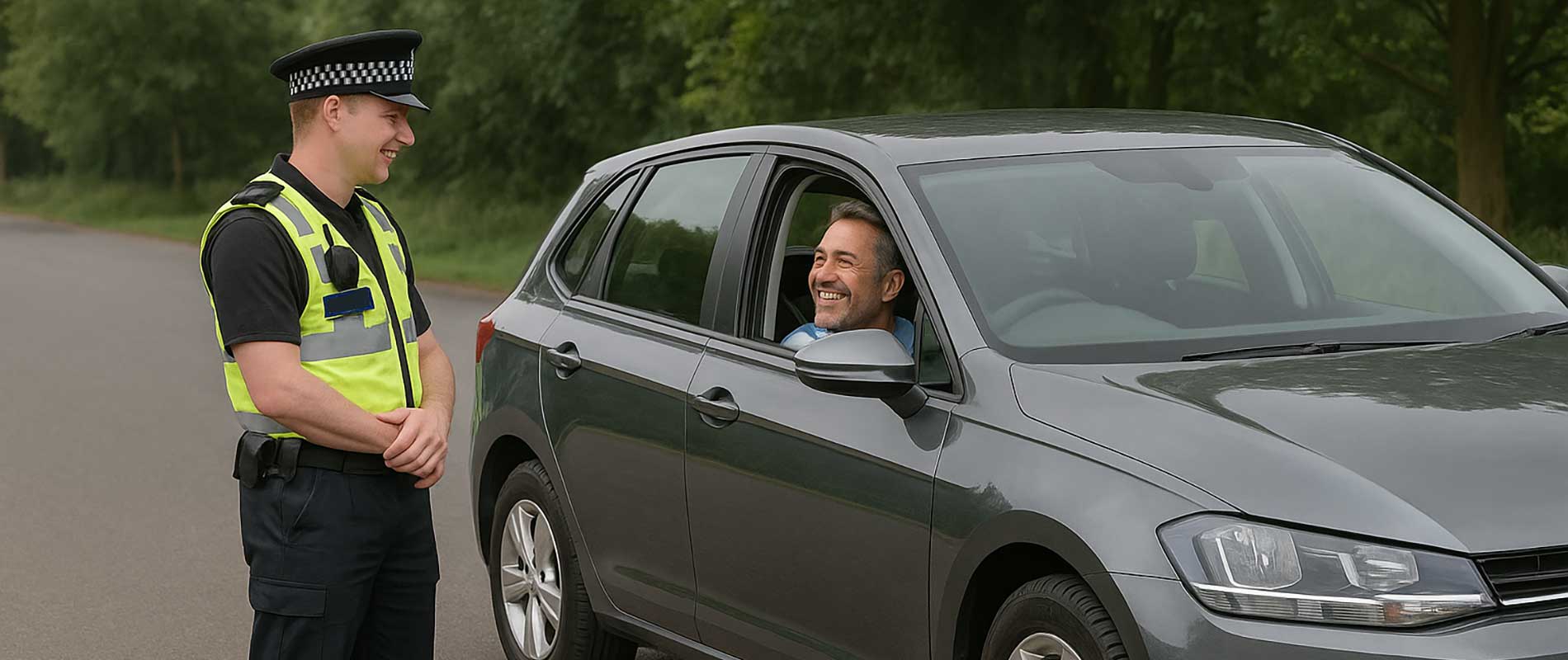What these conviction codes mean
If you’ve seen IN10, DR10 or TT99 printed on your driving record, you’re not alone in wondering what they stand for. These codes are issued by the DVLA to mark different driving offences, each with its own meaning and impact on your licence. Insurers take them seriously, but that doesn’t mean you’ll be stuck without cover forever.
In short: IN10 means driving without valid insurance. DR10 covers driving or attempting to drive while over the alcohol limit. TT99 is a little different; it’s a totting-up code that appears when you’ve accumulated too many penalty points, often from several smaller offences. They all stay on your licence for years, and insurers use them as shorthand for risk when calculating your premiums.
How each code affects your record
Each code carries its own penalty structure. An IN10 usually adds six to eight points and can bring a fine or even disqualification. It also signals to insurers that you’ve driven uninsured before, which they see as a serious breach of trust. A DR10 leads to disqualification, a fine, and potential rehabilitation requirements before you’re allowed back on the road. The TT99 shows you’ve reached twelve or more points; essentially a sign that several warnings weren’t enough to change behaviour.
Even though these codes differ, they all have the same effect in one respect: they make insurers nervous. From their perspective, they suggest a higher chance of future claims, so premiums go up. The good news is that as the conviction ages, its impact slowly fades. After several years of clean driving, the code will eventually drop off your record entirely.
Why insurers treat them seriously
Insurers don’t look at the codes as moral failings; they look at patterns. Someone with an IN10 might have made a paperwork mistake, or they might have deliberately avoided insurance; the insurer can’t tell which, so they price for the higher risk. Similarly, a DR10 suggests impaired judgement, while a TT99 points to persistent carelessness. From a risk model’s point of view, these are warning signs. That’s why honesty is vital when declaring convictions; leaving them out will only invalidate your policy later.
Every insurer has its own tolerance level. Some will refuse cover outright for recent DR10s or multiple IN10s, while others specialise in helping drivers get insured again. It’s worth comparing several options rather than assuming one refusal means all will say no.
Rebuilding trust after a conviction
Time is your biggest ally. Once your ban or penalty period ends, every claim-free month helps restore your reputation. Completing a drink-drive awareness course, parking off-road, or fitting a dashcam can all show responsibility. Some insurers even reduce premiums if you take additional driver training or opt for a telematics policy that tracks safe driving habits.
It’s also worth reviewing your vehicle choice. A modest car with a smaller engine usually costs less to insure, and that helps balance out the higher risk rating from your conviction. Avoid unnecessary modifications and keep your details consistent; the fewer changes you make mid-policy, the more stable your risk profile looks.
Moving forward with confidence
Having an IN10, DR10 or TT99 on your record doesn’t define you forever. Insurers look at trends, and trends can change. Drive carefully, declare everything honestly, and recheck the market every year. Sooner than you think, your record will start to clear and your quotes will look more like everyone else’s. Getting back on the road responsibly is what matters most; and that’s fully within your control.

